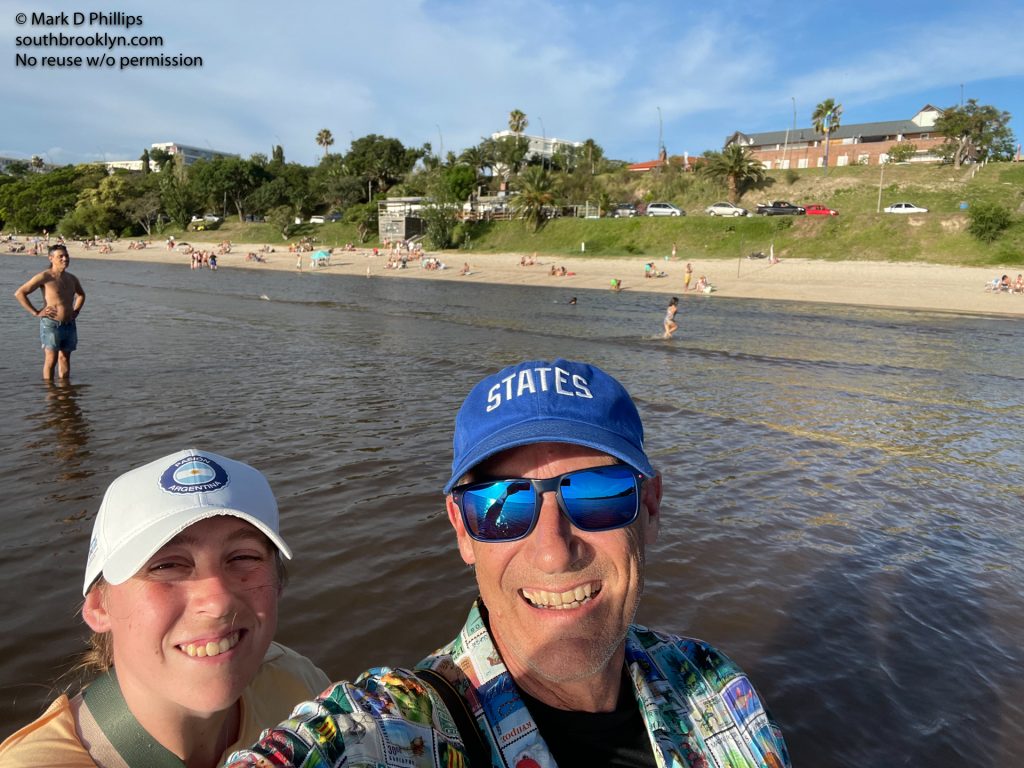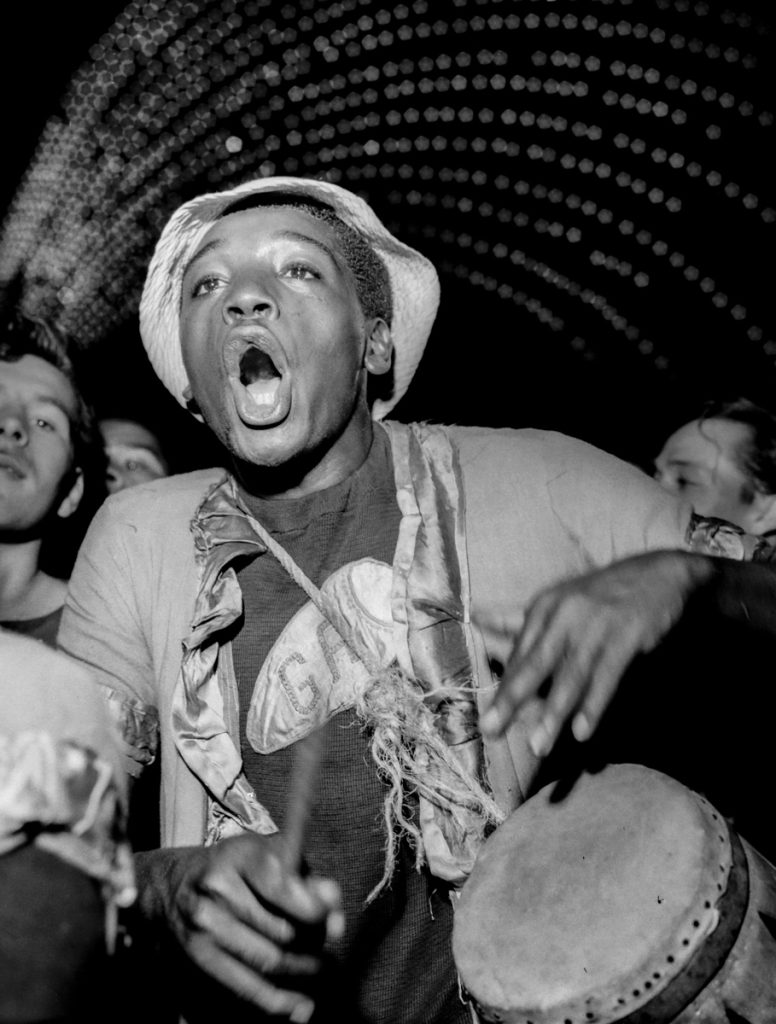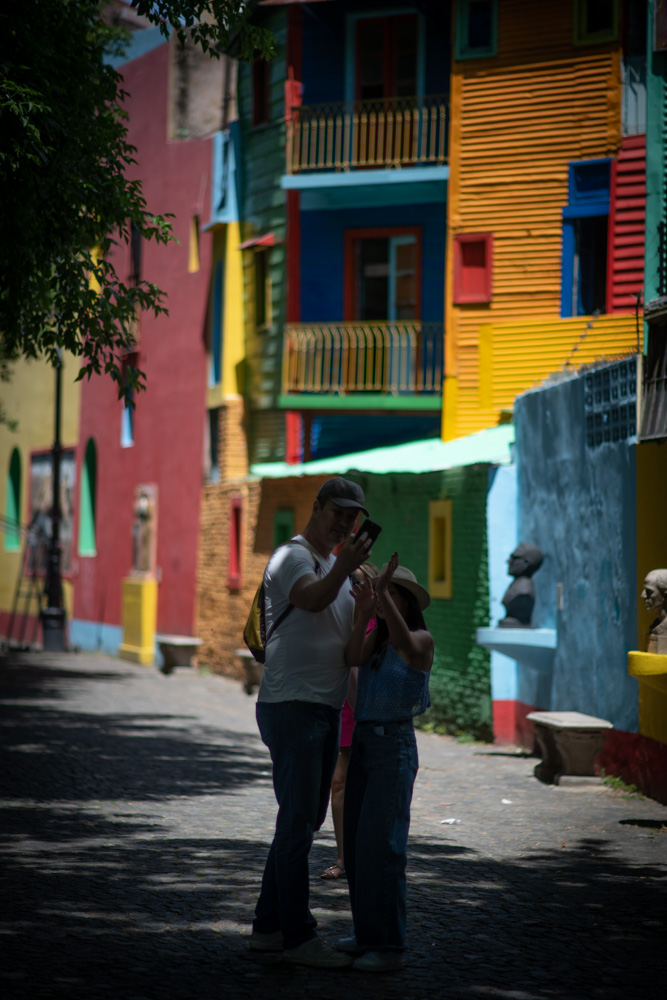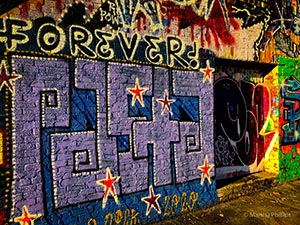Buenos Aires. My first time in South America. With no preconceived ideas, I checked into the 4-star Regente Palace Hotel situated up the hill from the waterfront and well situated for exploring the city.
I quickly learned just how big the city is. Sprawling, crowded.. fascianting, stunning.. with over 15 million people and parks everywhere, the city is thriving. I walked for kilometers, and barely spoke English. And I don’t speak Spanish. But I know how to communicate through a combination of smiling, pointing, smiling, Google translate, smiling.. Somehow it works for me.
First I walked to the Sheraton Buenos Aires to see where I would be meeting my daughter between sporting events. Then I decided to make my way to Puerto Madero, the hip new waterfront that so resembled Red Hook Brooklyn, I wanted to cry. The red brick warehouses along the city side of the canal were the same as our civil war-era warehouses on the Brooklyn waterfront. In Cauce Restaurante, I sat my first night eating a perfectly cooked filet with creamed spinach watching the light fade and the city lights giving a new look to a beautiful setting.
The Puente de la Mujer – The Woman’s Bridge is a cantilever spar cable-stayed bridge type and a swing bridge, with a unique presence on the waterway. The whiteness of the spar stands out from a long distance as you walk the promenade. It was designed by innovative Spanish architect, Santiago Calatrava and gets its name from the fact that most streets in Puerto Madero are named after prominent Argentine women.
From here, it is a quick walk up the steps of a park to The Casa Rosada, literally the Pink House, home to the Presidential offices and the Plaza de Mayo, where later that week I would end up with a rally that took on the new President’s policies.
Argentina had been in the news just days before we left when the new president, Javier Milei, announced he was devaluing the peso and wanted to take the country to the dollar standard. During the opening ceremonies of the Maccabiah PanAm Games he said he wanted to convert to Judaism and serve as the first Jewish president of Argentina. He also withdrew the country from its planned entry into the expanding Brics club of nations, telling the leaders of Brazil, Russia, India, China and South Africa, that he was overturning agreements made by the previous administration.
Then, this week, he took on the world at the World Economic Forum in Devos, he blasted the western elites.
“Today, states don’t need to directly control the means of production to control every aspect of the lives of individuals. With tools such as printing money, debt, subsidies, controlling the interest rate, price controls, and regulations to correct so-called market failures, they can control the lives and fates of millions of individuals.”
Many people had warned me of how dangerous it was in Buenos Aires. I never saw that. My hotel was in the San Nicolas district in downtown. Narrow, one way streets. Vintage shop, St Moritz Restaurant. It was here that I joined a peaceful march to protest the current situation. I asked an english speaker what they were against and he said “everything.” It sounded like being in New York.
Crossing the magnificent Avenida 9 de Julio, a 14-lane city street, the spectacular Obelisco towers reigns above. Erected in 1936 on the 400th anniversary of the first Spanish settlement on the Río de la Plata, a famous photograph shows Messi looking down on the scene filled with millions of Argentinians celebrating their first World Cup.
Spending a Saturday afternoon and evening in SoHo was exhilirating. Was not expecting what I found which was the cobblestoned streets of a trendy West Village restaurant, nightlife and shopping district. My daughter found CRÊPAS, the Uruguayan crepe restaurant that she had visited as a senior in high school on her first trip to Argentina. Sitting outdoors on the day before New Year’s Eve in the heat eating Dulce de Leche with strawberries and Nutella and Strawberries crepes and having whiskey drinks was a total highlight. Around the corner, another gorgeous park, Plaza Inmigrantes de Armenia, was ringed along its outer circumference by an artisan market. I bought my first wire guitar that day.
We did discover the hard way that everything is closed on New Year’s Eve and if you haven’t booked in an exclusive party at least three month’s prior, you are not getting in. We finally found our saving grace at Dandy Deli in Puerto Madero, where we waited an hour to place our order, and then an hour to get our food. The free glass of champagne that came with our warm beers and burgers, didn’t even make it away from the pickup counter. It was the first thing to disappear. The warm beers went fast.
As we walked back to the Sheraton, we happened upon a group at a small bodega eating their dinner at tables by the stand. We stumbled through asking if they were open. Si was the reply. He asked “Coke? Water? Cervesa?” Cervesa! It was New Year’s Eve and this was like a gift from the Gods. He pulled out three different kind of tall boy cans. The first was Imperial, the second I have no memory of, and the third was Miller Genuine Draft, which drew a chuckle. I asked which was the best and he immediately pointed at the MGD. It was all I could do not to laugh. Spotting the bottles of champagne in the cooler behind him, we asked how much per bottle. He typed 5000 pesos into the calculator. Roughly $6 per bottle. We both said Si. So two tall boys and two bottles of champagne came out to 20000 pesos. Twenty one dollars and a nickel. And our New Year’s Eve was saved. We got back to the hotel, settled in front of a monster TV, drank MGD and watched American football. Stellar New Years.

And then there was Uruguay. I knew so little about South America that I didn’t know Buenos Aires was on the mouth of a river separating it from Uruguay. And this is not an ordinary river but the mouth of a giant. The ferry takes 1 hour 15 minutes to travel 40 miles (63 kilometers) to Colonia del Sacramento across the Río de La Plata. A UNESCO site known for its cobblestoned Barrio Histórico, it was founded by the Portuguese in 1680, lost to the Spanish a century later, and is now discovered by American tourists on a day trip from Argentina.
No sooner had we walked into the old town, we entered the Charco Hotel and its bistro on the water beside the fort. We had our first ever Chivito, Uruguay’s national dish, a Steak and Egg Sandwich that combines nearly everything left in your refrigerator. The version at Charco was Tenderloin with fried egg, crispy bacon, mozzarella, tomato and amazing rustic potatoes. Combined with a Burrata with strawberries in balsamic glaze, fresh and candied cherry tomatoes, basil and toasted pistachios, it was one of the best waterside meals we have ever had.
We finished our day at Playa colonia, a spectacular white beach with the Las Tunas Beach Bar situated with a covered deck on the bluff overlooking the river. On one sandbar, a large group of young adults played football, dogs and children waded many yards out into the calm river water. It was like the bay at Cape Cod, tranquil and warm. The Rio de la Plata is the muddy estuary of the Paraná and Uruguay Rivers, forming a 40-mile barrier between Argentina and Uruguay. Its beauty is unique and is calling me back. Montevideo is now on my radar. The architecture and history is fascinating. As a photographer, Montevideo is intriguing with a long history in the visual art. Looking through the Montevideo Photography Center (CdF) website, the arrival of the daguerreotype in February 1840 created a new industry in the Uruguayan capital. The city of Montevideo created the CdF in 2002 to celebrate the history of photography. The archive is comprehensive with historical images of Montevideo from the mid-19th century to the end of the 20th, mainly of its central and coastal area, and were produced by the municipal government, through the hiring of photographers by the Municipal Festival Commission and the Propaganda and Information Office.
I went on a modern day gallery tour on the website and discovered amazing photojournalism and street photography that presented life within Uruguay. One that I particularly liked was Eduardo Colombo, an Argentine photographer who worked from a very young age as an independent photojournalist in magazines and news agencies. The photographs that make up the Eduardo Colombo Series were taken by him on a trip to Montevideo in 1959, at the request of the Argentine magazine “El Hogar”, and donated by his children to the Center of Photography in 2019.
So hopefully my next journey is to Montevideo. Cross your fingers for me. I’m definitely looking for new adventures.
Visiting La Boca, considered the most colorful barrio, was slightly overwhelming. It is a 1960’s artist recreation of what the neighborhood looked like when Italian immigrants first arrived in the 1800s. It is pretty but doesn’t feel quite real. But if you want to see street-tango performances, it is the place to go.








